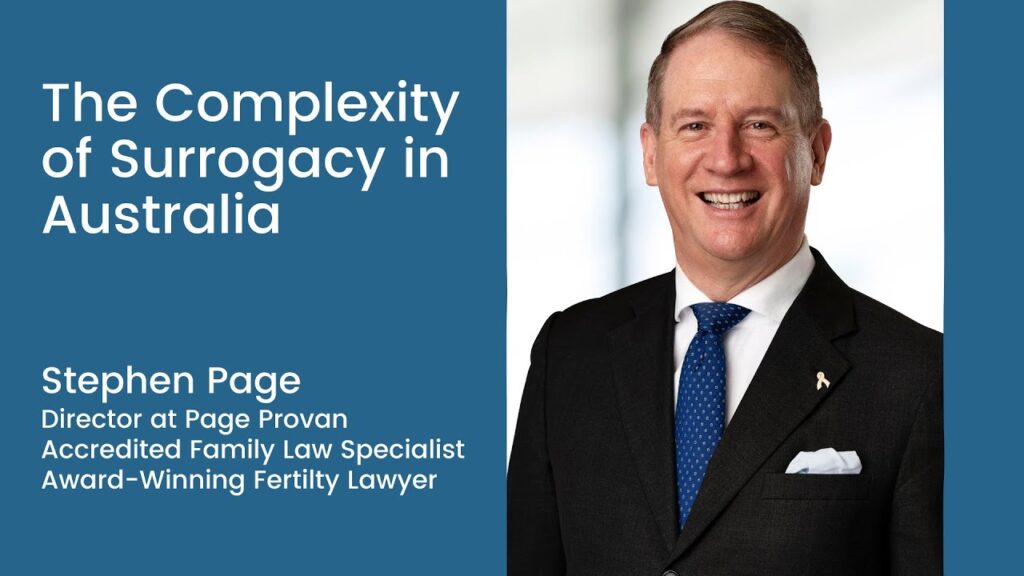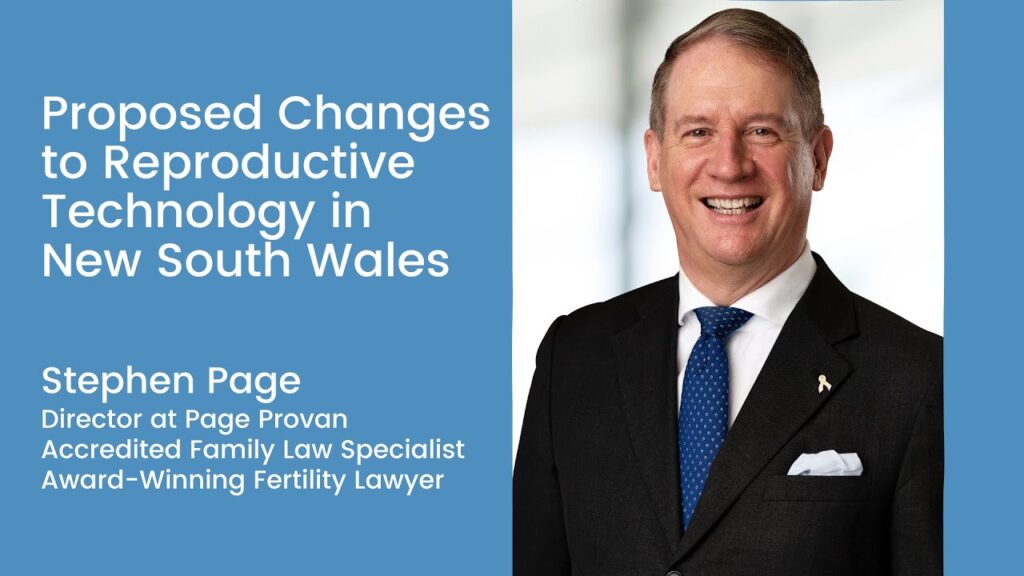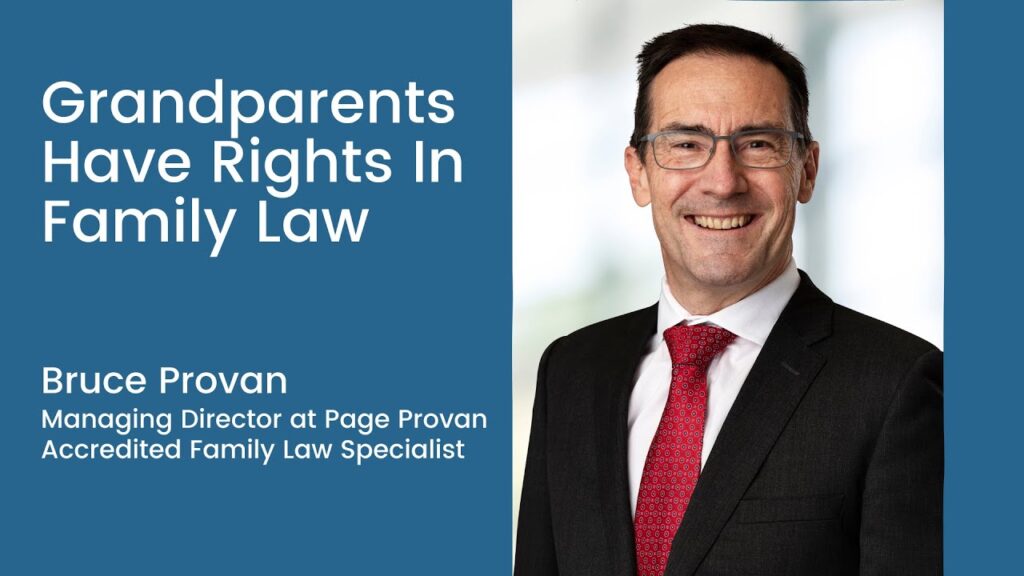Leave to adopt- how to get it in the Family Court
On a number of occasions over the years, I have obtained leave to adopt from the Family Court for clients. As lawyers, we rely on the precedents of other cases. The frustrating part of it, at some level, with applications for leave to adopt is that when my clients have brought these applications, I could not point them to any decided cases about leave to adopt- until now.
Leave to adopt is a requirement under the Family Law Act. It was enacted following a trend by mothers who had repartnered to have their new partner to adopt her child from a previous relationship, or both the mother and her new partner to adopt that child. The point of the adoption was often to cut out the father from any relationship with the child- once the adoption had gone through the child was no longer a child of the marriage- and bingo! – the father could no longer have any contact with the child.
As a result the leave to adopt provision was added some years ago. While it is still possible to adopt your own child from a prior relationship without the need for leave, the effect of the provision is that unless leave is obtained, the child remains the child of the prior relationship, which means that:
- the other parent subject to any orders still has a right to make decisions about that child;
- the child still has the right of a meaningful relationship with the other parent; and
- the other parent still has a liability to pay child support.
The leave to adopt provisions are rarely used. In my almost 25 years of practice I have used them four times for clients, although discussed them on plenty of others. Neither of my partners, both of whom are long standing family lawyers, have ever used the provisions.
The leave to adopt provisions are necessarily limited by state and territory legislation about who can adopt. There is no point seeking leave to adopt if it’s a dead end- what’s the point getting leave if as a matter of law you will be unable to adopt? For example, in Queensland it has been next to impossible for anyone to adopt unless they were married for 2 years- which cut out de facto couples and same sex couples. In Queensland this is changing to heterosexual de facto couples, but not homosexual de facto couples.
The typical case in which clients would seek leave to adopt is:
- the mother and father had split up when the child was a baby or toddler;
- the father of the child was violent and abusive;
- when the relationship ended with the mother, he took no interest in the child, and never spent time with his child, or telephoned, or wrote, or sent presents- it was as if he disappeared back into a black void;
- he never or rarely paid child support. When it was paid it was a pittance, and often paid with threats along the lines of that he would take the child if she did not cut off child support- with the counter-balance- if you stop child support, then I will have nothing to do with the child again;
- the mother’s new relationship was very happy;
- for all intents and purposes the child saw the mother’s new husband as her dad, and had a very loving relationship with him;
- the child knew that he had a real dad, but also had to deal with the disappointment that his real dad really didn’t love him.
I remember my first leave to adopt case as it was quite poignant. The mother was a redhead with white skin and freckles. Her son was her genetic copy. Cute looking kid. Her second husband, who had been around since the son was a toddler, was Asian- with dark brown skin and black hair. And the son adored him and called him Dad, when it was evident to all, including the son, that “Dad” could never have been Dad. The son knew he had a real dadout there.
Once a client (and depending on the state or territory law, her partner as well) has obtained leave to adopt, then application needs to be made to the state authorities to adopt. Properly organised, this should proceed smoothly. Although there is a fee to be paid, it is cheaper than the application to the Family Court.
An odd requirement of the Family Law Act is that the leave to adopt provision must be made to the Family Court. There is no ability in the Federal Magistrates Court to make such an application.
In the recent Family Court case of Brooks and Sloan, Justice Austin had to consider whether to grant leave to adopt when:
- mum and dad had split up when the child was 2;
- mum had repartnered when the child was 2 1/2;
- mum and the child had moved when she was 2 from Tasmania to NSW (and presumably dad had little to do with her from that point on);
- when the child was 5, mum had remarried. No doubt the girl was a flower girl or at the least very excited about the wedding;
- dad had been served with court documents but hadn’t turned up;
- there was no allegation of domestic violence;
- dad consented to the adoption;
- the girl had a little half-sister, who was aged almost 2. The daughter is now aged 7;
- the daughter was not aware of her natural father, was not aware of her pending adoption, and only recently became aware that she was not the child of her step-father;
- the daughter wanted to remain in that household.
His Honour granted leave, it being in the best interests of the child, commenting:
Completion of the proposed adoption process will therefore have no practical
effect on the day-to-day life of the child.












